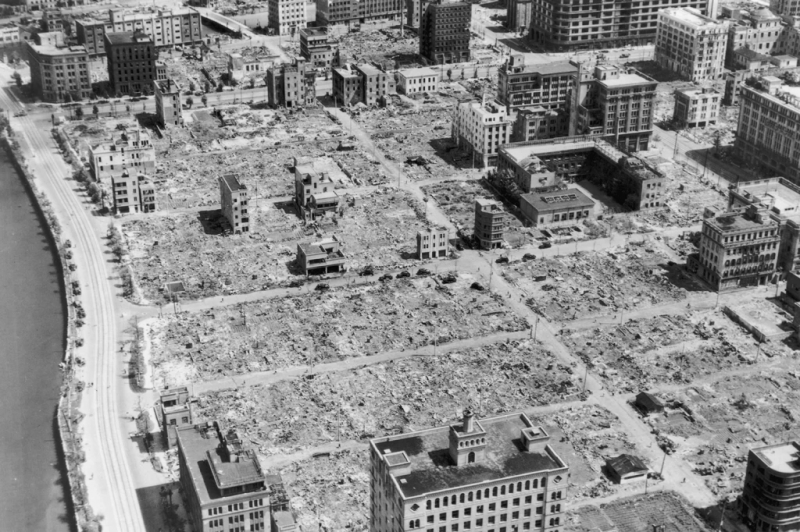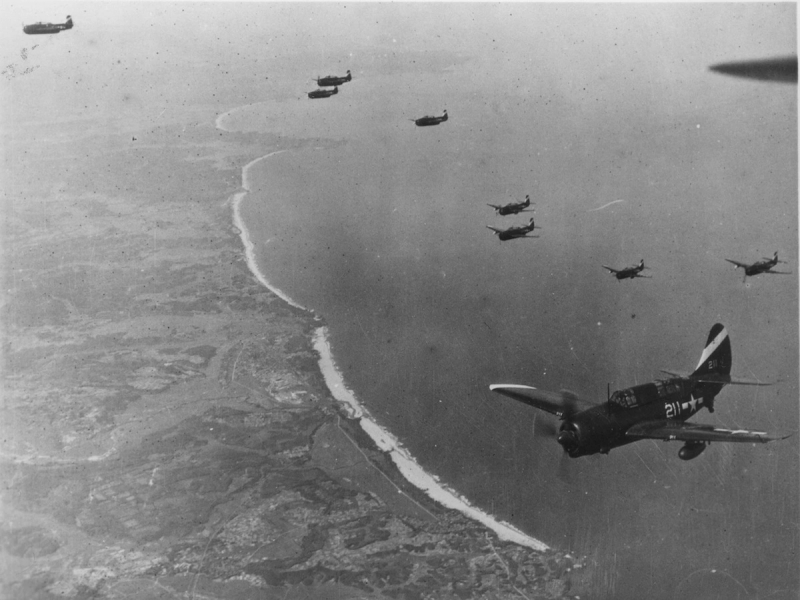Tokyo
Early on March 9, Air Force crews convened on the Mariana Islands of Tinian and Saipan for a military briefing. They were planned a low-level bombing strike on Tokyo that would begin that evening. Their planes would be stripped of all weapons except the tail turret. The weight reduction would boost the speed of each Superfortress bomber while simultaneously increasing its bomb load capacity by 65 percent, allowing each jet to carry more than seven tons.
On the night of March 9, 1945, US bombers commence a fresh bombing attack against Japan, unleashing 2,000 tons of incendiary bombs on Tokyo over the following 48 hours. The deadliest single wildfire in recorded history scorched about 16 square miles in and around Japan's capital, killing between 80,000 and 130,000 Japanese residents.
The cluster bombing of Shitamachi, a central Tokyo suburb, had been approved only a few hours earlier. Shitamachi was home to around 750,000 people who lived in confined confines in wooden-frame structures. Setting fire to this "paper city" was an experiment in the effects of firebombing; it destroyed the light industries known as "shadow factories," which manufactured prefabricated war components for Japanese aircraft manufacturing. Masses of panicked and terrified Japanese civilians attempted, but failed, to flee the inferno. The bomber pilots were disgusted by the blood-red clouds and odor of burning flesh that swept up, prompting them to grab air masks to keep from puking.
- Location: Tokyo, Japan
- Stages: March 9, 1945 - March 10, 1945
- Deaths: N/A












